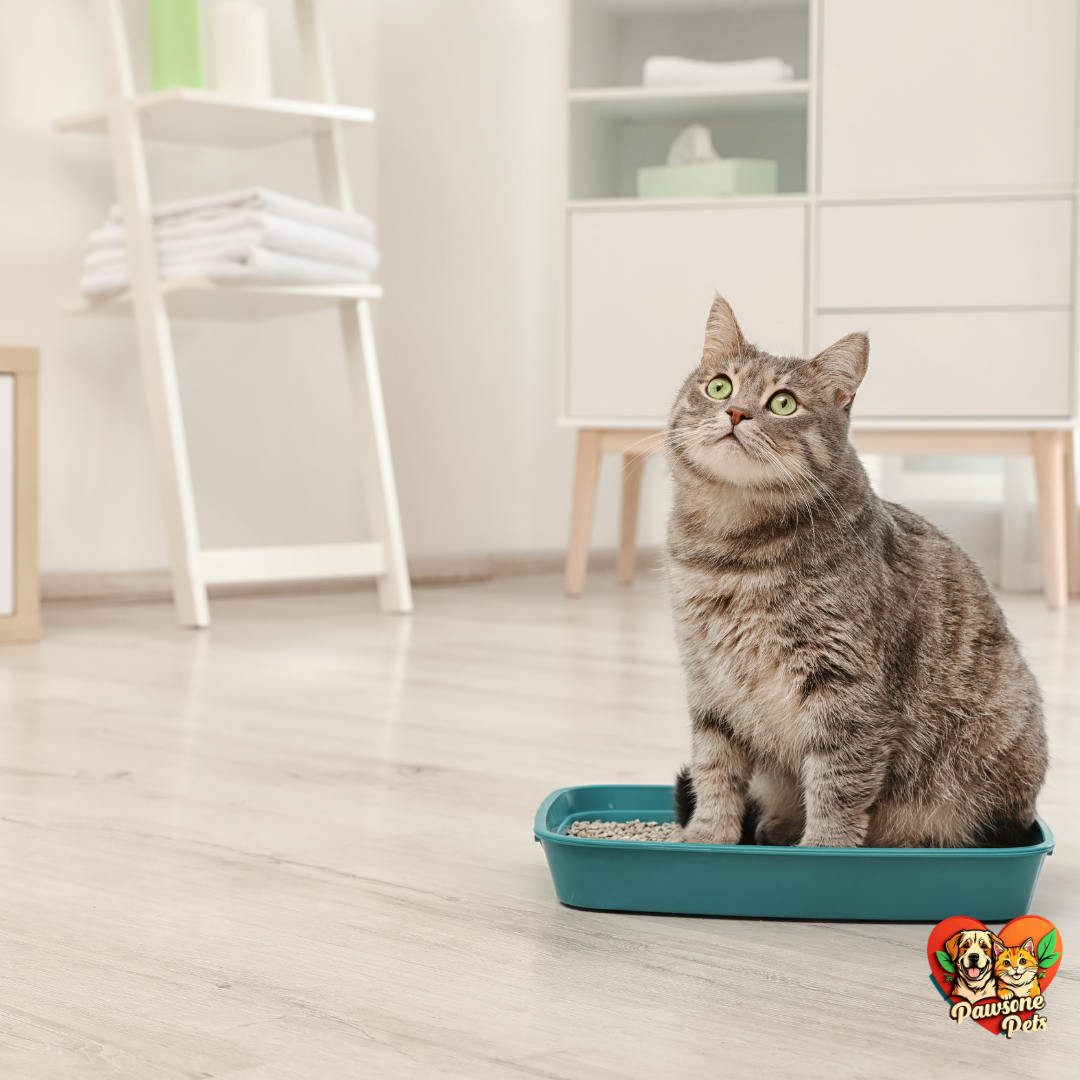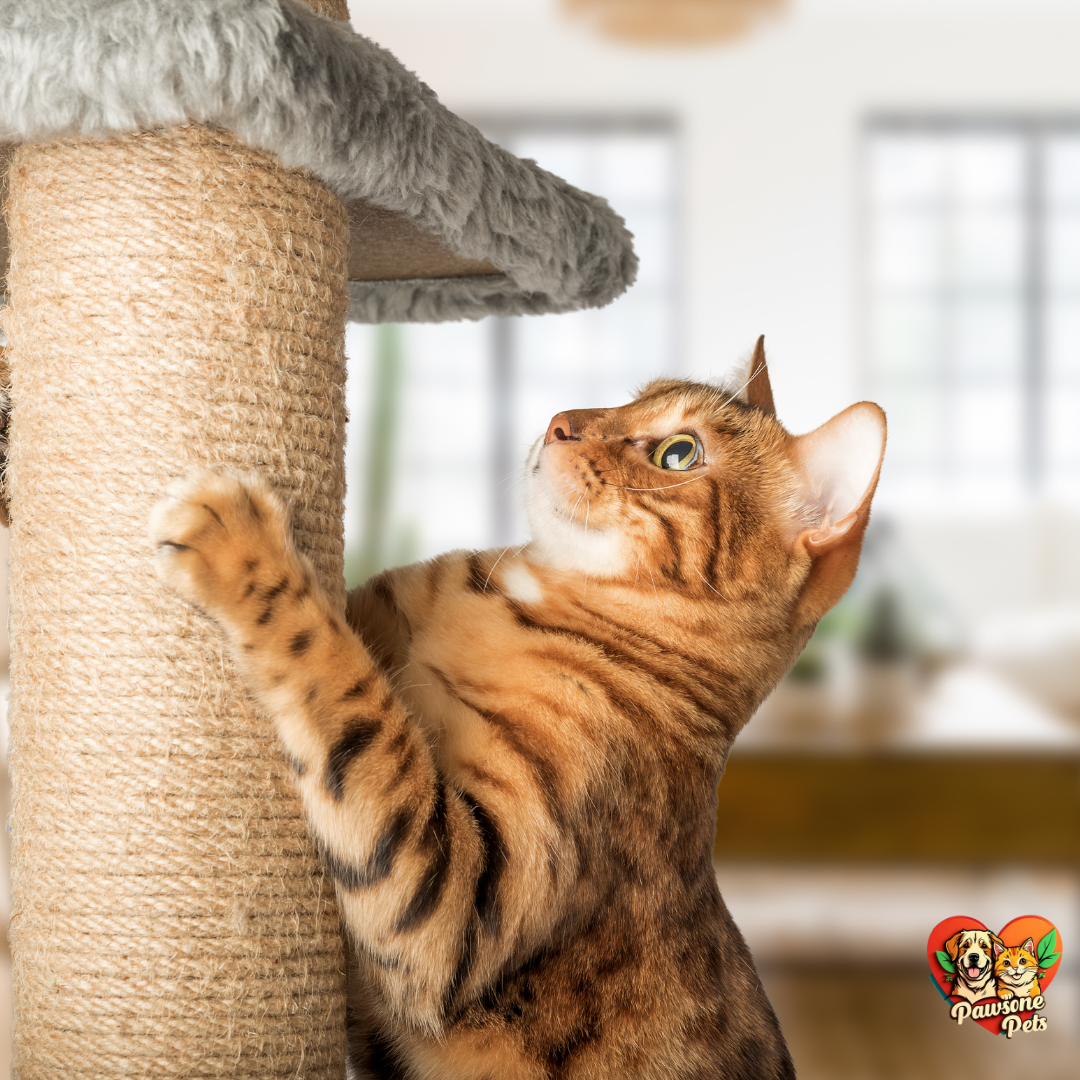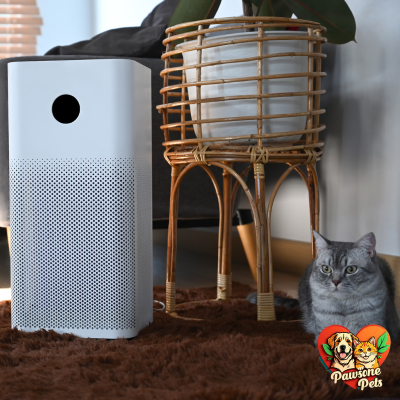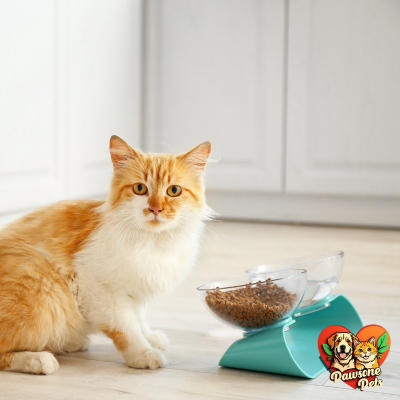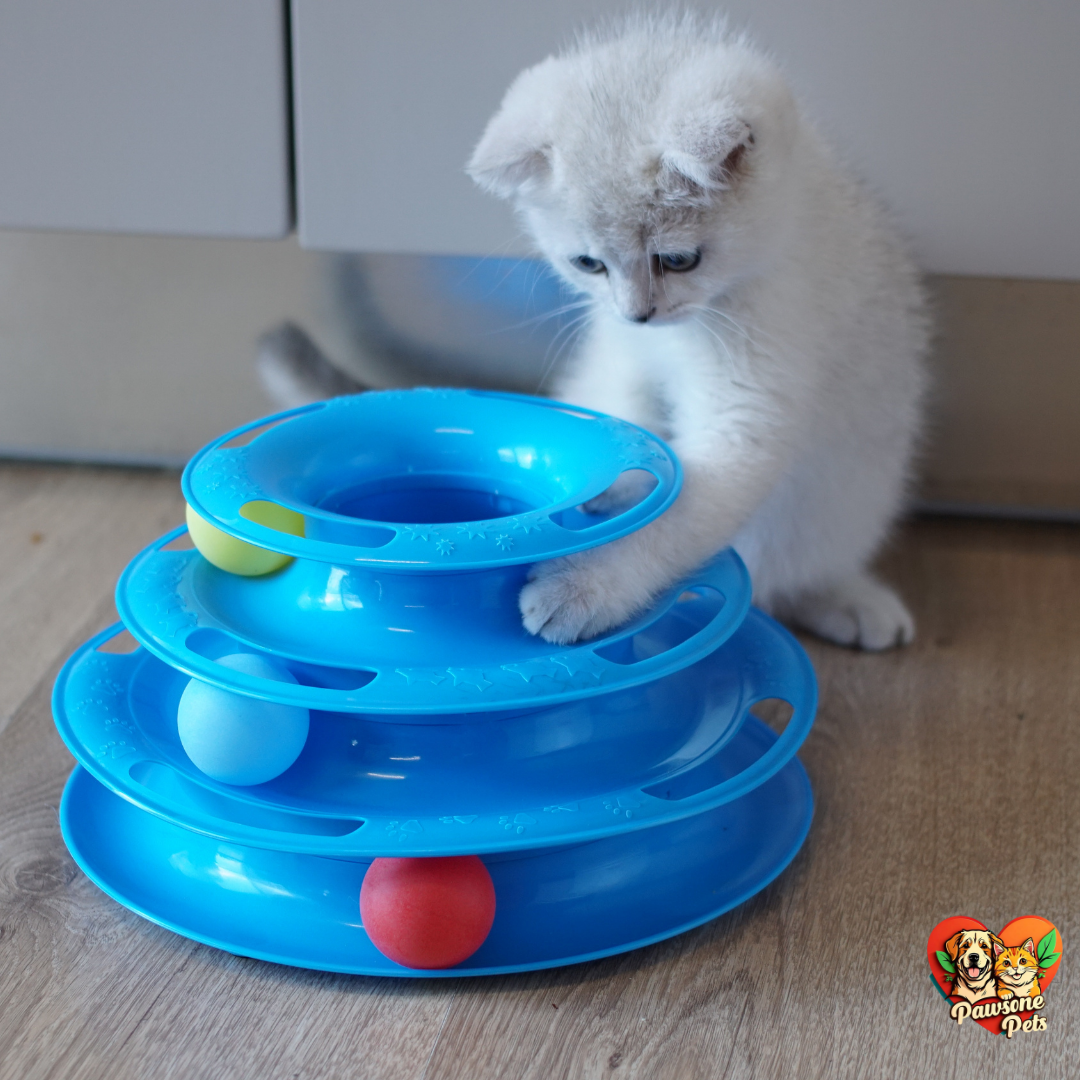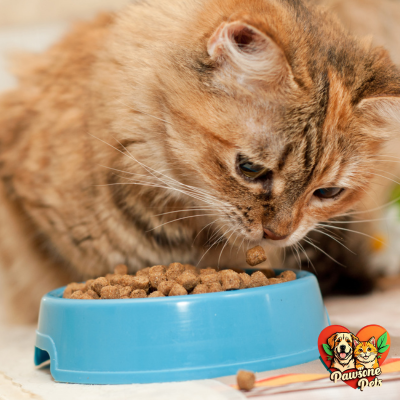This page contains affiliate links; we may receive compensation
The Ultimate Guide to Crate Training Your Puppy: A Step-by-Step Plan for a Happy, Safe Dog
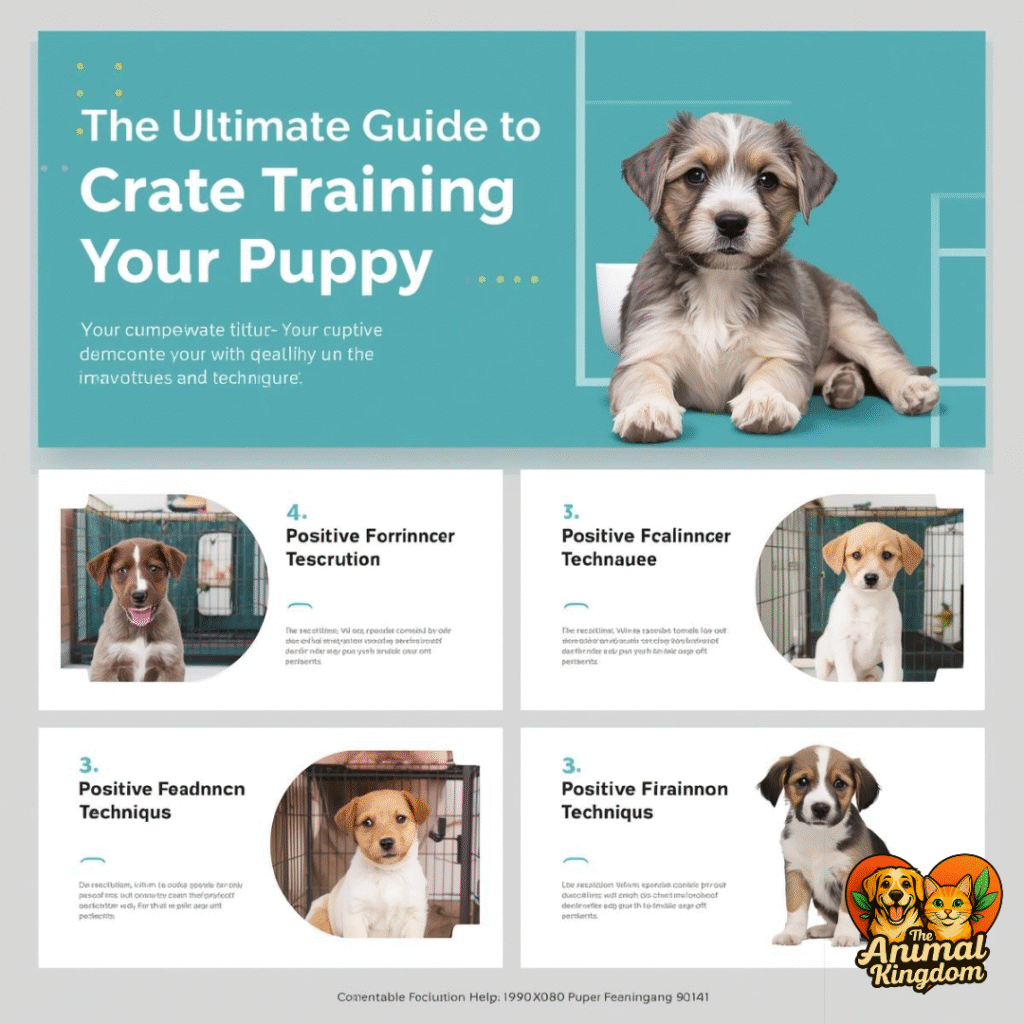
Your Puppy's Den, Not a Jail
Welcoming a new puppy into your home is an exciting adventure, but it comes with a few challenges—and crate training is often at the top of the list. We get it. The idea of putting your furry family member in a box can feel a little bit like punishment. But what if we told you a crate is more like a cozy, safe den for your dog?
A properly introduced crate can become your puppy’s personal sanctuary, a place where they feel secure and can rest. It’s also an invaluable tool for potty training, managing anxiety, and keeping your home—and your puppy—safe. This guide will walk you through a simple, stress-free process to make crate training a positive experience for both of you.
As a pet owner, you want the best for your furry friend. With the rapid advancement of technology, smart tech for pets has become increasingly popular, offering a range of innovative solutions to enhance your pet’s life. From smart feeders and pet trackers to interactive toys and health monitoring systems, these devices can improve your pet’s health, happiness, and overall well-being.
Why Bother with Crate Training? The Benefits for You and Your Dog
Potty Training
Dogs have a natural instinct not to soil their sleeping area. Crates leverage this instinct, helping you establish a routine and prevent accidents.
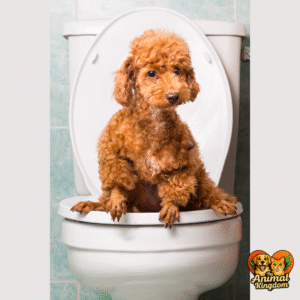
Safety First
A crate keeps your puppy out of trouble when you can’t supervise them, preventing them from chewing on dangerous wires or furniture.
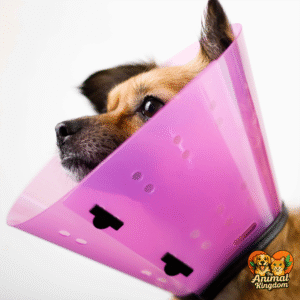
Travel and Vet Visits
A dog that is comfortable with its crate will be calmer during car rides or overnight stays at the vet or a dog sitter.
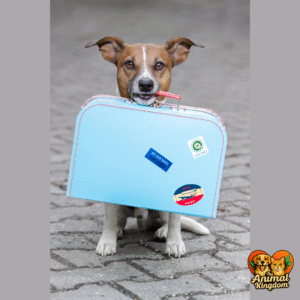
Choosing the Right Crate
Before you begin, you need the right tools. The best crate is one that’s a perfect size and safe for your puppy.
Size Matters
The crate should be just big enough for your dog to stand up, turn around, and lie down comfortably. If it’s too big, they may use one end as a bathroom. Consider a crate with a divider to adjust the size as your puppy grows.
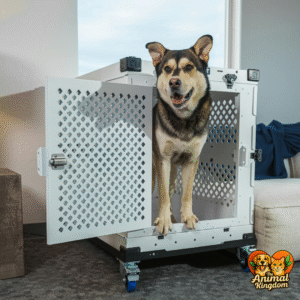
Material
Wire crates offer good ventilation and visibility. Soft-sided crates are great for travel.
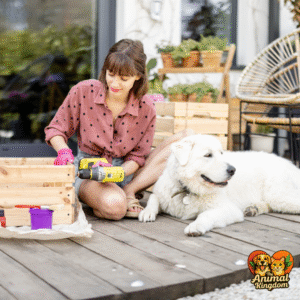
Our Top Pick
We’ve reviewed dozens of options, and our top recommendation for most puppies is the MidWest Homes for Pets. Its adjustable divider and durable construction make it a perfect long-term investment.
The Step-by-Step Crate Training Plan
Step 1: Introduction (The Fun Part!)
Place the crate in a common area of your home.
Toss a treat inside and let your puppy walk in to get it. Don’t force them.
Feed them their meals near the crate.
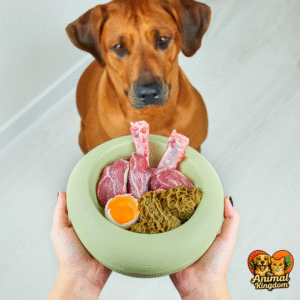
Step 2: Short Crate Sessions
- Once your puppy is comfortable eating inside, start closing the door for a few seconds at a time.
- Gradually increase the time they spend in the crate.
- Always reward calm behavior.
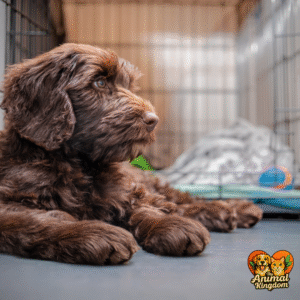
Step 3: What to Do If Your Puppy Whines
The Crucial Rule: Don’t let them out when they’re whining. This teaches them that crying gets them attention.
Wait for a brief moment of silence before opening the door.
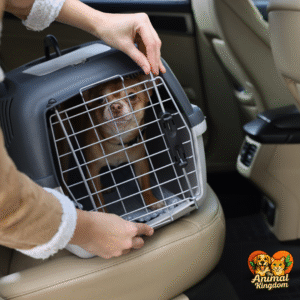
Pro Tip:
Use a chew toy or a lick mat in the crate to keep them occupied and associate the crate with positive things.
Conclusion: Patience is Key to Crate Training Success
Remember, consistency and patience are your best friends in this process. Crate training is a marathon, not a sprint. Soon, you’ll find your puppy happily trotting into their den on their own, a sure sign that your hard work has paid off.

